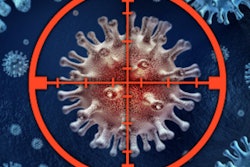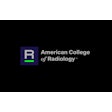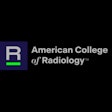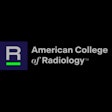Inpatient radiology workload increased significantly between 2012 and 2023, and advanced imaging may be one reason why, suggest findings published May 15 in the Journal of the American College of Radiology.
A team led by Tina Shiang, MD, from Brigham and Women’s Hospital in Boston, MA, found that these increases persisted even through the COVID-19 pandemic and despite decreases in disease severity-adjusted imaging use over the last four decades.
“The COVID-19 pandemic may have contributed to changes in imaging utilization patterns, with renewed reliance on CT and MRI,” Shiang and colleagues wrote. “These trends have implications for quality of care and clinical operations and may be a driver of increased healthcare costs.”
The use of diagnostic imaging continues to grow in healthcare, with reliance on advanced imaging exams like MRI and CT also increasing. Previous studies suggest that imaging spending has decreased, however.
The COVID-19 pandemic, meanwhile, led to temporary delays in nonessential health services, meaning many imaging exams were put on hold. However, reports completed since then suggest disproportionate increases in advanced imaging utilization.
Shiang and co-authors assessed trends in inpatient radiology imaging use and workload trends at their institution from 2012 to 2023. The retrospective study included data collected from about 896,000 imaging exams. These included x-ray, CT, MRI, ultrasound, and nuclear medicine. The team adjusted these exams for disease severity using case-mix index and measured radiology workload via relative value units (RVUs).
The total number of imaging exams significantly increased from 102,025 in 2012 to 118,991 in 2023 (p < 0.001). However, total imaging exams per case-mix adjusted admission (CMAA) decreased from 1.68 to 1.35 during the same period (p < 0.001). The team noted that this was due to decreases in x-ray, ultrasound, and nuclear medicine exams (all p < 0.001). However, radiology workload increased significantly (p < 0.0001) between 2012 and 2023, with the results pointing to increased use of CT and MRI.
CT and MRI exams per CMAA increased by 19.2% and 21.4%, respectively, during the study period. And professional RVUs increased by 80.6% for CT (p < 0.001) and 90.7% for MRI (p < 0.0001).
Finally, the researchers found that the average length of stay increased by 32.1% from 5.6 to 7.4 days (p < 0.001) during this period.
The study authors wrote that the trends in increasing workload, along with longer working hours, imaging reimbursement cuts, and radiologist shortages exacerbated by the pandemic “may contribute to the high rates of burnout in radiology.”
They also pointed to the “greater diagnostic detail” of CT over other imaging modalities and social distancing guidelines that may have made other imaging exams not possible during the peak of the pandemic in the U.S.
“Furthermore, there is an overarching sentiment that newer, advanced imaging can help establish a definite diagnosis, instill more provider confidence, satisfy patient expectations, and ultimately improve patient care,” the authors wrote.
The full study can be accessed here.



















